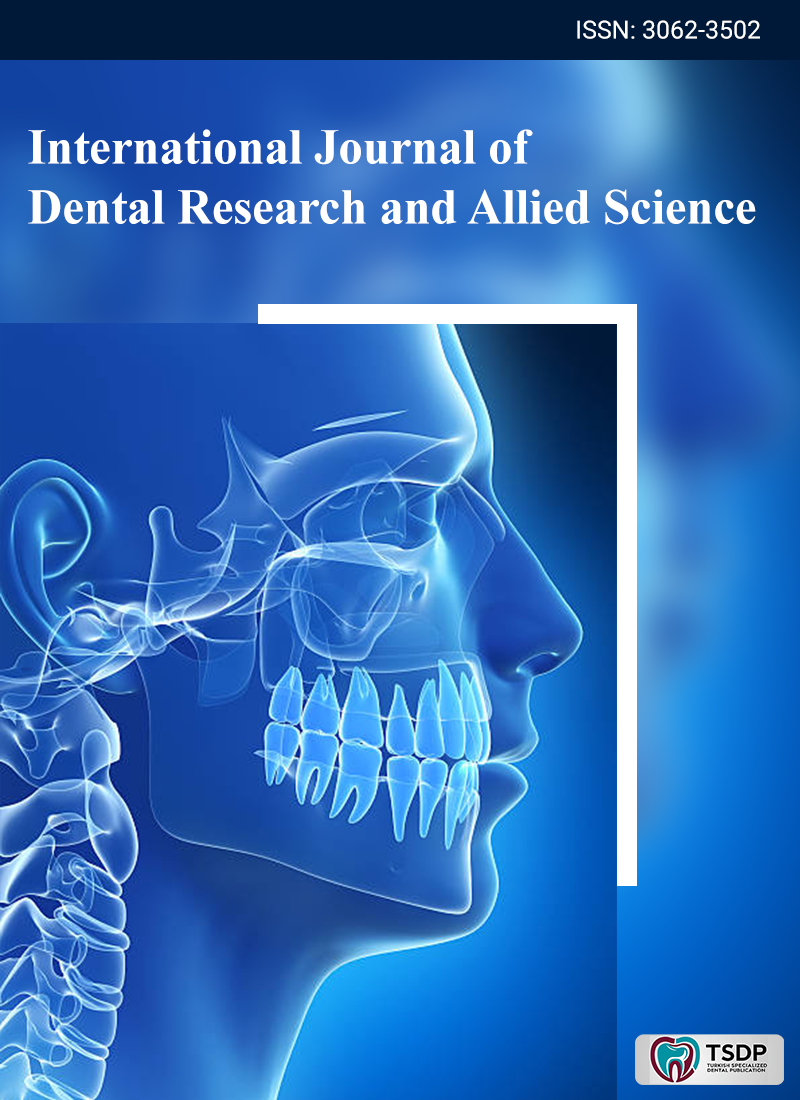
Dental caries, as reported by the World Health Organization, affects about 60-90% of school-aged children and almost all adults worldwide. Early detection of micro-damage to tooth enamel has become an important issue in modern dentistry. Laser-induced fluorescence (LIF) diagnostics offers a promising solution by detecting caries through the analysis of the intrinsic fluorescence of microorganisms. This study presents a method for LIF detection of enamel micro-damage using a model mixture containing silver and polyvinylpyrrolidone nanoparticles. A total of 63 human tooth samples, collected for various clinical reasons, were analyzed. The findings showed that the fissure area and the cervical region of the tooth were the most informative zones for the detection of LIF. The fissure area, due to its anatomical structure, tends to accumulate pathogenic microflora and is highly susceptible to microcracks from chewing and other factors. Meanwhile, the cervical region is important for spectral analysis because it is the initial site for the formation of latent plaque and tartar. The optimal detection time for enamel was found to be 3 minutes after the application of the model mixture. Based on the ex vivo experimental results, it can be concluded that the silver nanoparticle and polyvinylpyrrolidone mixture is suitable for LIF diagnostics of tooth enamel in clinical settings, with few adjustments to the experimental conditions.